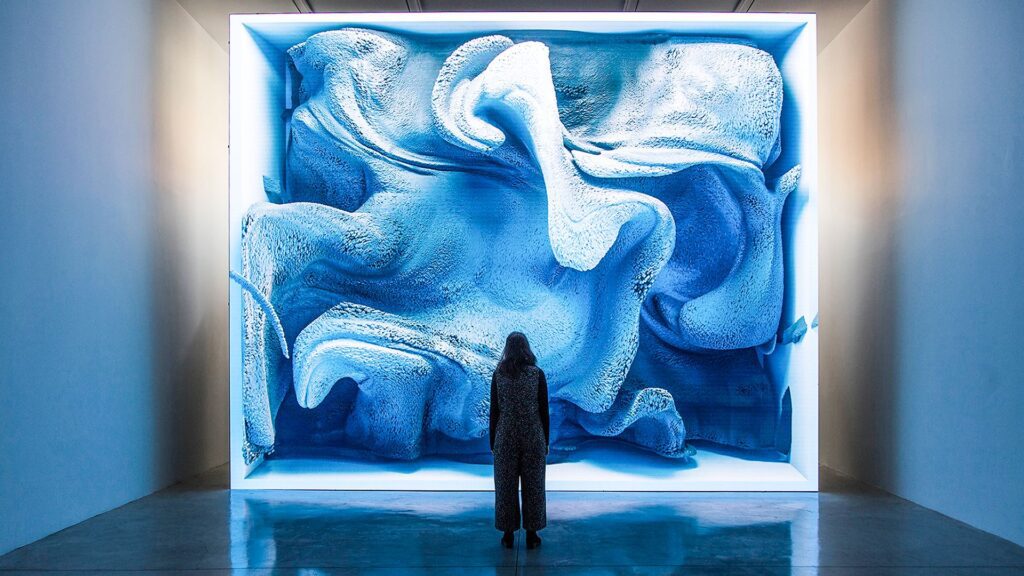Developing game graphics involves multiple steps, from conceptualizing the visual style to implementing the final product. The initial stage of conceptualizing and setting art direction outlines the vision for the art team; the second stage of 3D modeling and texturing involves creating 3D models and textures using software tools; next, the lighting and shading stages create atmosphere and depth. The fourth stage involves the creation of special effects, and the fifth and final stage includes testing and debugging, ensuring maximum performance of the graphics. The process is collaborative and combines art and technology, resulting in a seamless gaming experience.
From Idea to Reality: The Process of Creating Stunning Game Graphics
Creating stunning game graphics requires a lot of effort, skill, and creativity. The process involves different stages, starting from the initial idea all the way to final implementation. The following is a breakdown of how game graphics are made, including the tools, methodologies, and techniques used to bring game worlds to life.
Stage One: Conceptualization and Art Direction
Before any game graphics can be created, the first stage is conceptualization and art direction. This stage involves defining the vision of the game’s visual style and creating a plan that outlines the goals of the art teams. Concept art is created here, which is used to set the tone and feel of the game’s art style. Art direction is important because it establishes boundaries, guidelines, and a framework for the art team’s workflow.
Tools and Techniques
The art team uses several tools and techniques when creating concept art and defining art direction. They may use sketchbooks, digital drawing tablets, and software such as Adobe Photoshop, Autodesk Maya, and Substance Designer. In this stage, the focus is on creating aesthetically pleasing and cohesive visual style concepts that will guide the rest of the development process.
Stage Two: 3D Modeling and Texturing
The second stage is 3D modeling and texturing. Here, the art team uses references and concept art to create 3D models and textures that will be used in the game engine. 3D modeling involves creating the shape and form of an object in three-dimensional space, while texturing involves applying visuals to the model’s surface.
Tools and Techniques
The tools used in this stage include 3D sculpting software such as Autodesk Maya or ZBrush, texture map creation tools such as Substance Painter, and UV mapping software. UV mapping involves unwrapping the 3D model’s surface and creating 2D textures for its surfaces. The art team may also use photogrammetry, a technique that involves scanning real-life objects and turning them into 3D game assets.
Stage Three: Lighting and Shading
The third stage is lighting and shading. Here the art team creates realistic lighting and shadows that complement the game’s overall art direction. Lighting affects an object’s appearance, while shading deals with how light interacts with different materials within the game world. This stage is important because it adds depth and atmosphere to the game world.
Tools and Techniques
The art team may use software tools such as Autodesk Maya or Unreal Engine 4 to create game environments, lighting, and shadow effects. Pre-baked light maps, which incorporate lighting and shadow effects into the game world, can also be used. Shaders are used to add realistic materials like metal, wood, and glass to objects.
Stage Four: VFX and Post-processing Effects
The fourth stage is VFX (visual effects) and post-processing effects. This stage involves creating special effects that enhance the game world’s atmosphere, such as particle effects, explosions, and weather effects. Post-processing effects include color grading, bloom, and depth-of-field. This stage is essential for creating an immersive gaming experience.
Tools and Techniques
Software tools such as Unity and Unreal Engine 4 have built-in VFX and post-processing effect features. These tools provide the art team with several editing options such as altering the color and brightness of the game world, adding blur or other visual effects, and creating realistic particle effects, among others.
Stage Five: Testing, Debugging, and Optimization
The final stage is testing, debugging, and optimization. Here, the game’s graphics are tested for performance issues, bugs, and glitches. Any encountered issues are resolved, and the graphics are optimized for maximum performance on different hardware configurations. This stage is crucial for delivering a stable and high-performance gaming experience.
Tools and Techniques
Software tools such as Unity Profiler, Unreal Engine 4 Profiler, and RenderDoc are used to optimize the game’s graphics performance. The art team may also use automated testing tools, such as TestComplete or HP LoadRunner, to ensure the game’s functionality and responsiveness.
Conclusion: The Collaboration of Art and Technology
The process of creating stunning game graphics involves the collaboration of artistic creativity and technical expertise. Game developers aim to create a seamless gaming experience with the visuals complementing the game’s story and mechanics. The process of creating game graphics is constantly evolving, and new technologies are offering more benefits and opportunities for game development teams. Through collaboration, game developers leverage art and technology to design and create stunning game worlds that players can enjoy.
